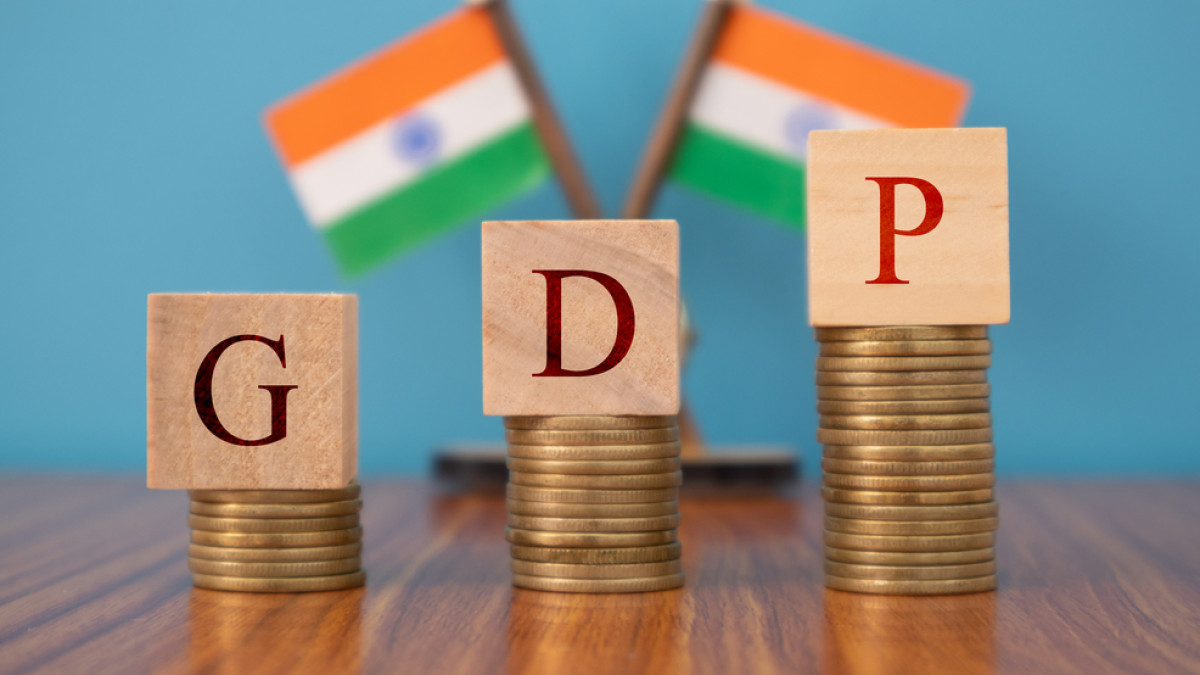
With 8% growth, India’s contribution to global GDP would almost be on par with China by 2028 : Barclays
NEW DELHI : In order for India to become the biggest driver for global growth, even overtaking China, it would need to target an 8 percent growth, according to Barclay’s analysts, India’s growth has outperformed the rest of the world, achieving robust expansion with relatively low inflation and it is on the way to achieve at least 6 percent GDP growth, while keeping broad macro stability intact.
But a key question, the report says is whether authorities can “encourage more rapid growth without compromising India’s hard-won macro stability that has dominated India’s growth ambitions since the start of the Ukraine-Russia war”.
“Amid considerable economic turbulence in rest of the world, India has been an island of relatively better macro outcomes in the past two years. On the surface, India is once again poised to be the fastest-growing major economy in the medium term, as global growth is expected to be weaker through 2023-2024 (compared to historical levels),” the report says.
Calling India’s investment turnaround ‘remarkable’, the report highlights that this change in India’s investment appeal comes only a decade after it was part of the so-called ‘Fragile Five’ economies where it was facing significant macro instability “in the form of a heavy debt burden, an unstable financial sector, and a weak fiscal profile, policy conditions.”
In 2023, while India’s growth has slowed, the report says that it has remained higher than its global peers along with “ample macro stability”. The government, it says, is also focused on managing inflation. But despite being the fastest growing major economy (ex-China) over the past decade, when it comes to contribution to global GDP, India has remained in the 10 percent handle. Currently, India accounts for a “much smaller share of the global economy than China” and even lower than the US.
While the report says that while India will “likely continue to outpace China on growth in the next five years under current growth projections (IMF), its contribution to global GDP will still lag.”
Achieving GDP Growth
This growth, the report says, can be achieved if the government puts in place a number of economic preconditions such as nominal savings rate closer to 32.3 percent of GDP against the current 30.2 percent and incremental growth in the workforce of 3.5 percent per annum against the 1 percent now. This, the report says, can be achieved through “increased female participation, a larger global export share and ongoing productive use of capital quantified as an ICOR of around 5″.
According to the report, one of the drivers for this could be the investment cycle gaining traction. “Investment has typically been the main provider of delta moves for India’s economic growth. While the investment ratio has declined since peaking in FY08, we think India is at a point in its growth cycle where additional investment should generate returns at a more productive pace,” the report stated. While over the last few years the investments from traditional sectors had taken a back seat and given way to other sectors such as telecommunications, digitisation, etc., the report suggests that capacity constraints emerging in these areas highlight the need for greater investment to return to traditional sectors. Additionally, the report calls for more public investment to “drive the structural shift upwards in overall investment and push the GDP growth rate closer to 8 percent”.

